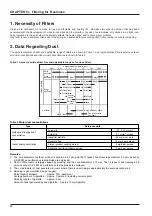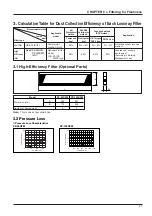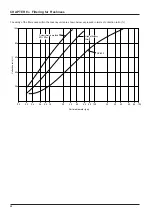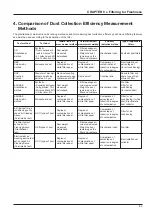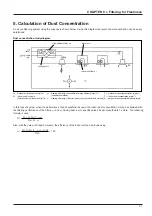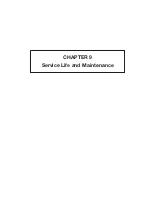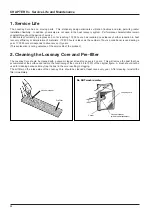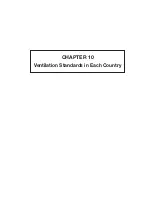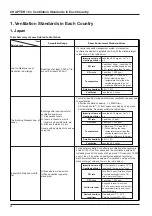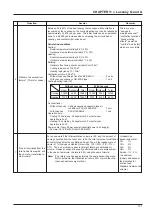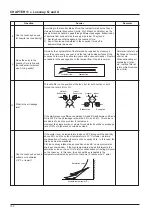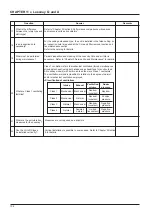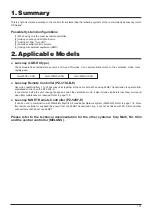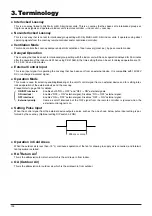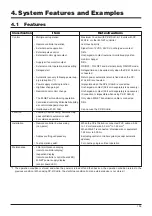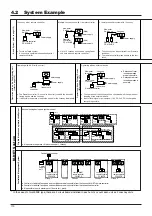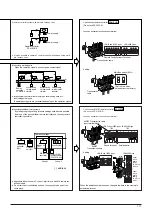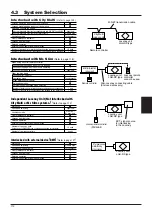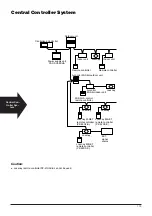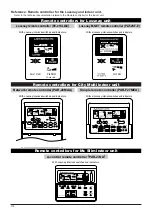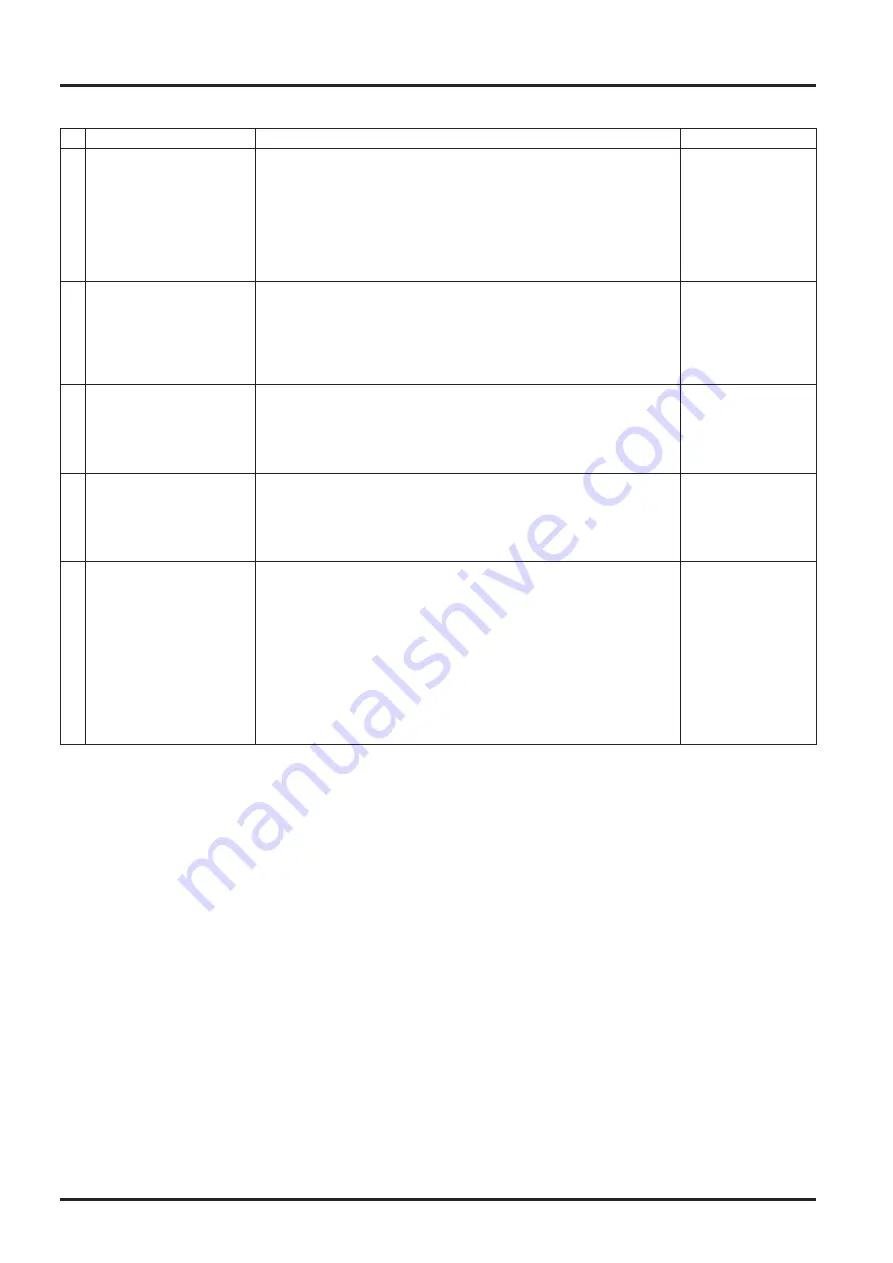
100
CHAPTER 11
●
Lossnay Q and A
Question
Answer
Remarks
Paper is used for the
1
material, but is the life
adequate?
Is paper not an insulation
2
material?
(Poor conductor of heat)
If paper can recover
3
humidity, will it not become
wet?
When is the forced
4
simultaneous air intake/
exhaust-type more
efficient?
What are the energy
5
conservation properties of
the Lossnay?
There is no problem with the life of the paper unless it is intentionally
damaged, directly placed in water or in direct sunlight (ultra-violet rays).
The life is longer than metal as it does not rust. It can be used for a
minimum of ten years.
Paper is very thin, and thus the conductivity of the material is low, with
heat being transferred approximately the same as with metal. Test this by
placing a piece of paper between your hands and you will feel the warmth
of your palms. The recovery of humidity can also be felt by blowing on
the paper and feeling the moisture in your breath transfer to your palm.
Maybe you have seen the phenomenon during heating in winter where
the window pane is wet but the paper blinds are dry. This is because the
humidity is transferred through the paper membrane.
The Lossnay is kept dry by employing this same principle.
When a building is sealed and normal ventilation is used, accurate
exhaust is not possible unless a suction inlet is created.
The Lossnay has both an air-supply fan and air-exhaust fan so Class 1
ventilation is possible.
For an example, in an approx. 13 m
2
room with five people, a ventilation
volume of 100 m
3
/h is required. The amount of power consumed in this
case is approximately 45 W, and the amount of heat recovered during
cooling is approximately 700 W or more. The coefficient of performance
(C.O.P.) obtained when converted with the unit power generation amount
is 16. In consideration that the popular heat pump-type has a C.O.P. of 2
to 3, the Lossnay is a high energy conserving machine.
If a general-purpose ventilator is installed, the cooled air will be lost, thus
increasing electrical costs throughout the year.
Depending on how it
is stored, paper can
be stored for up to
2,000 years without
deteriorating, such as
documents in temples
and churches.
Summary of Contents for Lossnay PZ-41SLB-E
Page 4: ...CHAPTER 1 Ventilation for Healthy Living Lossnay Unit ...
Page 17: ......
Page 18: ...CHAPTER 2 Lossnay Construction and Principle ...
Page 24: ...CHAPTER 3 General Technical Considerations ...
Page 41: ......
Page 42: ...CHAPTER 4 Characteristics ...
Page 56: ...53 CHAPTER 4 Characteristics ...
Page 57: ...54 CHAPTER 4 Characteristics ...
Page 59: ......
Page 60: ...CHAPTER 5 System Design Recommendations ...
Page 68: ...CHAPTER 6 Examples of Lossnay Applications ...
Page 83: ......
Page 84: ...CHAPTER 7 Installation Considerations ...
Page 88: ...CHAPTER 8 Filtering for Freshness ...
Page 96: ...CHAPTER 9 Service Life and Maintenance ...
Page 98: ...CHAPTER 10 Ventilation Standards in Each Country ...
Page 101: ......
Page 102: ...CHAPTER 11 Lossnay Q and A ...
Page 108: ...Lossnay Remote Controller ...
Page 109: ......
Page 197: ...MEMO ...
Page 198: ...Y04 002 Jul 2004 MEE ...

